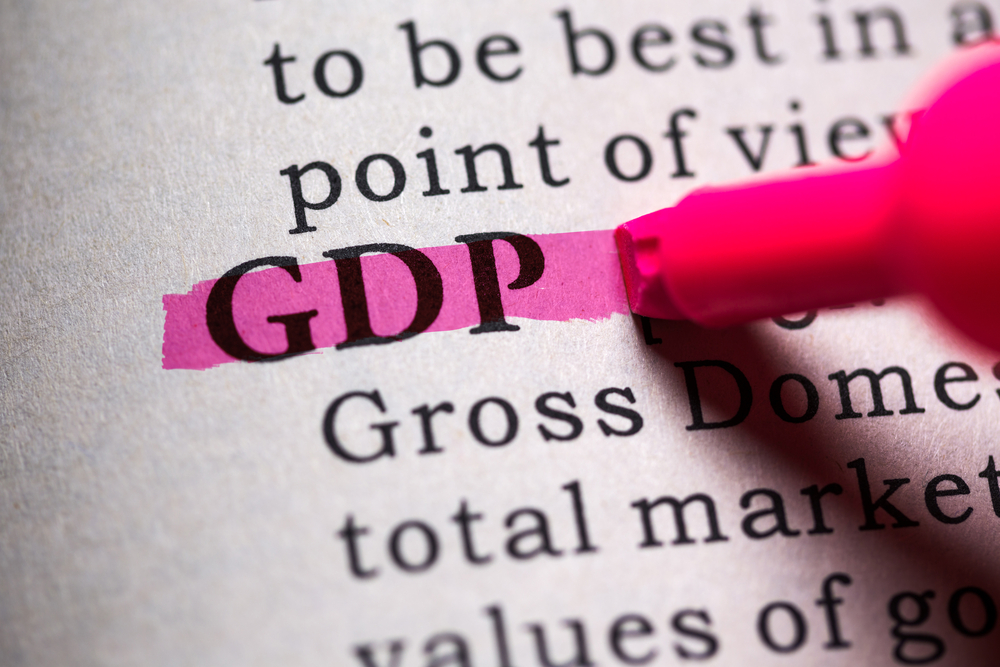European Commission raises GDP growth forecast for Hungary

Photo by Feng Yu / Shutterstock.com
Hungaryʼs real GDP growth is expected to be 3.5% this year, the European Commission said in its 2017 winter economic forecast released on Monday, in an upward revision from the 2.6% growth predicted in its earlier fall forecast in November, Hungarian news agency MTI reported today.
The EC puts 2016 GDP growth at 1.9%, compared to the 2.1% growth it predicted in the fall, but said economic growth could reach 3.2% in 2018, which is higher than the previously expected 2.8%.
The predictions compare to an updated government forecast, published in December, which put 2016 GDP growth at 2.1% and forecast it to pick up to 4.1% this year, and to 4.3% in 2018.
Real GDP growth temporarily declined in 2016, mainly due to a 12.7% drop in investment in the first three quarters of the year which was associated with the changeover to a new planning period for EU investment funding, the EC forecast said.
The governmentʼs agreement with the private sector on wage rises and a cut in payroll taxes is expected to have a positive effect on growth as higher wages boost consumption and lower taxes boost investment. At the same time, the rise in the minimum wage may also drive firms to substitute labor with capital.
Rising household consumption
Household consumption is forecast to continue growing, driven by improved consumer confidence, an upturn in bank lending to households and continuing positive labor market trends.
Private consumption, rising 5% in 2016, and forecast at 4.8% in 2017 and 3.9% in 2018, remains the main contributor to economic growth, the EC said.
"Net exports contributed positively to growth until 2016 but are forecast to turn negative in 2017, when the pick-up in domestic demand stimulates imports. Hungaryʼs relative trade performance is set to weaken slowly in line with increasing unit labor costs, which should start putting pressure on price competitiveness," it noted.
Exports of goods and services grew by 6.7% last year and could expand by 5% this year, and by 5.9% in 2018. A 6.4% import growth in 2016 could be followed by a 6.8% growth in 2017, and a 6.7% growth in 2018, according to the EC.
Falling jobless, persistent labor shortages
The unemployment rate is estimated to have fallen to 5.2% in 2016, and is projected to decrease further to 4.8% this year, and to 4.5% next year. The labor market is already tight, with increasing skill mismatches.
Nominal gross wages are forecast to grow by around 8% per year over the forecast horizon.
"As the further expansion of labor shortages has already started to limit production, mainly in industry, construction and services, wage pressures are expected to become more prominent," the EC report said.
Rising inflation, creeping deficit
Inflation measured by the harmonized index of consumer prices (HICP) averaged 0.4% in 2016, but could rise to 2.2% in 2017 and to 3.1% in 2018, slightly over the central bankʼs 3% target next year.
The 2016 general government deficit is expected to have reached 1.8% of GDP, helped by strong tax dynamics and temporary revenues, even though planned one-off receipts from land sales were partly shifted to 2017. The headline deficit is forecast to rise to 2.4% of GDP in 2017, with more co-financing for EU-funded projects, expenditure-increasing measures and tax cuts.
This will be partly offset by dropping social transfer payments and interest spending, as well as by one-off revenues. The deficit is seen to rise to 2.5% on an assumption of no policy change in 2018.
With a widening positive output gap, the structural budget deficit will deteriorate significantly, the EC projects, from an estimated 2.2% of GDP in 2016, to 3.4% in 2017, and to 3.6% in 2018.
The state debt-to-GDP ratio is projected to decline steadily, however, by some 1 percentage point in 2016 to around 73.5%, and to close to 71% by the end of 2018. The fall in debt is helped by the higher nominal GDP growth rate forecast, although lags in the cash payment of EU funds are expected to result in an adverse cash-flow adjustment effect.
SUPPORT THE BUDAPEST BUSINESS JOURNAL
Producing journalism that is worthy of the name is a costly business. For 27 years, the publishers, editors and reporters of the Budapest Business Journal have striven to bring you business news that works, information that you can trust, that is factual, accurate and presented without fear or favor.
Newspaper organizations across the globe have struggled to find a business model that allows them to continue to excel, without compromising their ability to perform. Most recently, some have experimented with the idea of involving their most important stakeholders, their readers.
We would like to offer that same opportunity to our readers. We would like to invite you to help us deliver the quality business journalism you require. Hit our Support the BBJ button and you can choose the how much and how often you send us your contributions.









